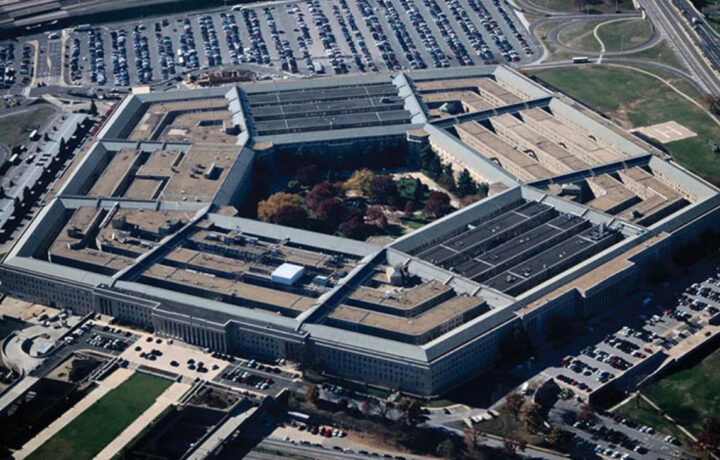Working for the government can offer a range of benefits that make it an attractive career option for many people. While supporting as a contractor means you don’t get the benefits like a pension, supporting the federal government as a contractor can be a life-fulfilling mission.
Advantages of working for the Federal Government
Here are some of the key advantages that you should highlight to your potential candidates.
1. Job Security
Working for the government, whether as direct or a contractor, is often more stable than those in the private or commercial sector. Economic downturns and company restructuring are less likely to affect national security jobs, providing a sense of security and long-term employment.
2. Work-Life Balance
Many jobs in this industry offer flexible work schedules, telecommuting options, and generous leave policies, especially following the pandemic. This flexibility helps employees maintain a healthy work-life balance.
3. Competitive Salaries
While starting salaries might not always match those in the private sector, jobs in the cleared space often offer competitive pay and sizable bonuses, especially as employees gain experience and move up the ranks.
4. Professional Development
Government contractors invest in their employees’ growth through training programs, workshops, and tuition reimbursement for further education. This commitment to professional development can help employees advance in their careers.
5. Public Service Impact
Working for the government as a contractor provides an opportunity to make a meaningful impact on society.
6. Community and Networking
Working in the government space allows employees to build strong professional networks and be part of a community that shares a commitment to public service.
IMPROVING THE FEDERAL HIRING PROCESS
Improving the federal hiring process is crucial for ensuring that government agencies can attract and retain the best talent to effectively serve the public. And it can start with contractors that support the government. Here are several strategies that can help enhance the efficiency, transparency, and fairness of the federal hiring process:
1. Streamline Application Procedures
- Simplify Job Descriptions: Use clear, concise language to describe job duties and qualifications, avoiding jargon and overly technical terms that may deter potential applicants.
- Use Technology: Implement user-friendly online application systems that allow for easy submission of resumes, cover letters, and other required documents.
2. Enhance Recruitment Efforts
- Outreach Programs: Partner with universities, professional organizations, and community groups to promote job opportunities and attract a diverse pool of candidates.
- Social Media: Utilize social media platforms to advertise job openings and engage with potential applicants in real-time.
3. Improve Candidate Experience
- Timely Communication: Keep applicants informed about the status of their applications and the hiring timeline.
- Feedback Mechanism: Provide constructive feedback to candidates who are not selected, helping them understand how to improve for future opportunities.
4. Expedite the Hiring Timeline
- Pre-Screening Tools: Use automated tools to pre-screen candidates based on qualifications, reducing the time spent on initial reviews.
- Efficient Scheduling: Streamline interview and assessment scheduling to minimize delays.
5. Enhance Assessment Methods
- Structured Interviews: Use structured interview techniques to ensure consistency and fairness in evaluating candidates.
- Competency-Based Assessments: Implement assessments that measure candidates’ relevant skills and competencies rather than relying solely on educational qualifications or past job titles.
6. Training and Support for Hiring Managers
- Regular Training: Provide hiring managers with training on best practices for recruitment, unconscious bias, and diversity and inclusion.
- Support Resources: Offer resources and tools to help hiring managers make informed decisions.
7. Leverage Data Analytics
- Data-Driven Decisions: Use data analytics to identify bottlenecks in the hiring process and areas for improvement.
- Predictive Analytics: Employ predictive analytics to forecast hiring needs and proactively address talent gaps.
By implementing these strategies, your hiring processes can become more efficient, equitable, and capable of attracting top talent to serve the public effectively.


